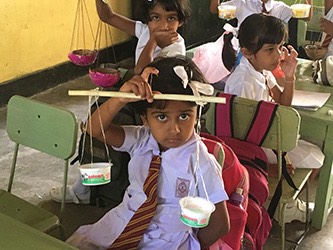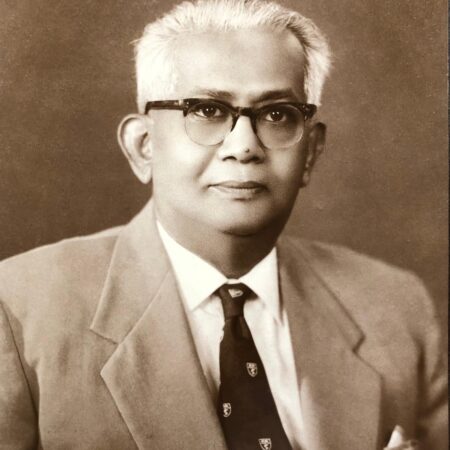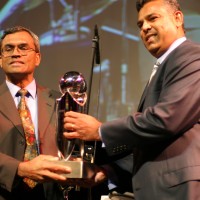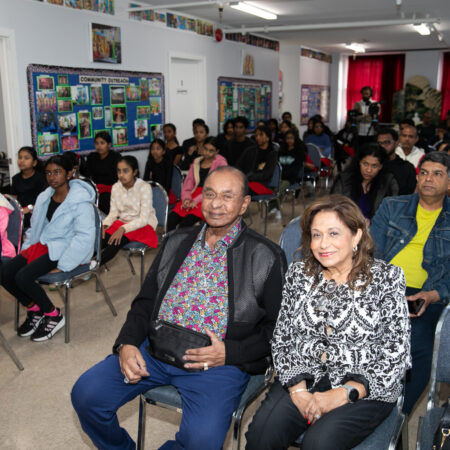Sharmen Hettipola
Crumbling walls, falling roof debris, and a cracked floor should never be considered elements of an adequate classroom for students. Yet, at the Mailapitiya School in Kandy, Sri Lanka, this is the reality for several of the students attending the school. The establishment is an impoverished village school for the nearly 600 students living in the area, and while the students and the staff are extremely committed to education, they are lacking in the monetary resources needed to allow the school to reach its fullest potential.
This is where the Projects for Peace grant comes in. The Projects for Peace grant awards recipients with $10,000 to complete a project that promotes peace somewhere in the world. I became passionate about education in Sri Lanka eleven years ago when my family and I went to the village of Panama in Sri Lanka to distribute school supplies to children affected by the 2004 tsunami.
Seeing both the lack of resources available to them and the impossibly large smiles on their faces when they received an item as small as a pencil, reaffirmed a commitment to advancing education in Sri Lanka. I then organized a fundraiser for another school in Kandy, the Haragama School, and eventually last year decided to apply for this grant, hoping to respond to the Mailapitiya School’s needs for new classrooms.
I was one of 100 students across the nation awarded the grant and was given the opportunity to go to Sri Lanka this past summer to carry out my proposed project. These new classrooms that my uncle (an architect) designed are intended to lessen the damage of these deteriorated classrooms by providing extra space to hold two classes.
Moreover, these classrooms include sustainable features to capitalize on the correlation between green designs and increased student productivity. These features include the use of open-grill windows to take advantage of prevailing breezes and natural light, a transparent sheet in the roof that replaces the need for light bulbs, eco-friendly clay bricks, lead free local materials, and recycled materials for the foundation of the building.
Additionally, our green designs are projected to save the school monetary resources, so that the administration can turn their attention to providing students the school supplies needed for a proper education. This is quite critical because without the necessary supplies, these usually dedicated students lose their motivation to attend school.
While my family and I were there, we were able to provide all 600 students with a few school supplies, but this in no means will be satisfactory. I am inspired by the staff members at the school, all taking matters into their own hands by spending their own money to buy school supplies and providing free tuition on the weekends.
The teachers and students would often implement recycled materials into their learning and play atmosphere, i.e. playing cricket with sticks and using yogurt cups and coconut shells for balances in math class, to creatively save their limited budget. I am in awe of the students, some who owned only one pencil (which could hardly be called a pencil because it had been sharpened down to about an inch), all come to school full of enthusiasm.
I would frequently get “mata na” as a response to questions regarding where their supplies were, and even though “mata na” translates to “I don’t have”, you would never guess based on their optimism and positivity. I have never seen such passion for learning, and I hope to continue work with both this school and other neighboring village schools to ensure that these students get the education they deserve.
I have received an immense amount of support throughout the planning of this project from family, friends, staff at Bucknell University, and organizations like the Environmental and Energy Study Institute. I am so thankful for their commitment to bettering education – without their help, this project would not have been successful. I encourage any undergraduate student attending a Davis United World College Scholars partner school to apply for the grant if they envision themselves making a small impact in the world somehow.
As mentioned above, my family and I hope to continue this work for the next few years, hoping to get some sort of program started. If you have any questions or would like to assist us with our endeavors, please reach out to me at shettipola13@gmail.com.
*If you would like more information about my 2014 project at the Haragama School, visit: https://theharagamaschool.wordpress.com/.











![TV-Poster-All-Exhibition-Sri-Lanka-in-Focus-USA-2025[1]](https://www.srilankafoundation.org/wp-content/uploads/2025/04/TV-Poster-All-Exhibition-Sri-Lanka-in-Focus-USA-20251-450x450.jpg)










